Although corn is often associated with the color yellow, different varieties have different colors, such as red, pink, black and blue. Corn on the cob grows like corn grains are protected from similar threads of silk and covered with dense foliage.
An important plant food, it is believed that the corn comes from Mexico and Central America. Some of the earliest traces of food made from corn, date from around 7000 years ago.
Corn plays a key role in Native American cultures. It was very honored because of its ability to provide not only sustenance as food but also as a shelter, fuel, and other decorations. Because of the vital role that corn plays in the livelihoods of many indigenous cultures, it is one of the most important icons represented in the mythological traditions of the Mayas, Aztecs and Incas.
Traditional dishes made from corn often include a small amount of lime - calcium oxide mineral complex which is produced by burning limestone. It is now known why the ancient civilizations have resorted to this unusual combination. Niacin or vitamin B3 in corn is readily available for absorption in the body and limestone helps to release the vitamin, making it available for absorption.
Corn is transported to Europe by the Spanish and Portuguese explorers, and later in the rest of the world. Today, the largest commercial producers of corn are the U.S., China, Brazil, Mexico and the Russian Federation.
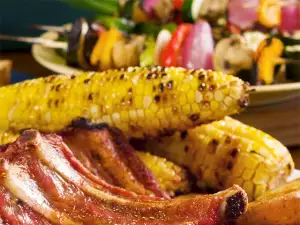
Composition of corn
Corn is a good source of vitamin B1, vitamin B5, folate, dietary fiber, vitamin C, phosphorus and manganese. 1 cup corn or 165 g contains 177 calories, 5, 44 g protein and 2 grams of fat 10. Corn is very rich in vitamin B1 and B9, brings the body much magnesium.
Corn varieties
Seven are the most common types of corn. These are:
- Dent corn - known as field corn. This type of corn has kernels, which contain hard and soft starch in the course of their maturation and are formed in the shape of a tooth. Field corn is a major crop that is used not only for human but for animal feed. This is only one of seven species of maize, which is used to make corn starch;
- Waxy maize – it’s kernels resemble wax inside. They contain starch, but only branched off type. Waxy maize starch contains more than 99% amylopectin, whereas ordinary field corn - up to 76% amylopectin and 28% amylose. Waxy corn processing is performed by wet grinding in order to get waxy maize starch, which then slowly regains its crystalline form. This type of corn is grown to meet the needs of special starches for curing food, especially those who are subjected to very high heat treatment;
- Flint corn - hard and angular, short or rounded grains that contain soft endosperm starch, surrounded by a hard outer layer. Much of it is grown in South America, identical to dent corn and is used for the same purposes.
- Pop corn - also known as Popcorn, this maize has round or pointed tips and very hard endosperm. When exposed to very high temperatures, the grains burst through the expulsion of moisture and they produce a white starchy mass / popcorn / which exceed several times their original size;
- Sweet corn - is known as the green corn. It can be eaten frozen, raw or canned. It is characterized by a very high sugar content in nuts, milk still in their step which are edible;
- Corn Flour - is made up almost entirely of soft starch. In America it is grown blue corn flour used to make corn chips, and products. In South America, corn flour is grown in many different colors and used for the production of beer and food;
- Indian corn - red, white, purple, or brown colored kernel beans. Used to decorate on various holidays, especially Halloween.
Selection and storage of corn
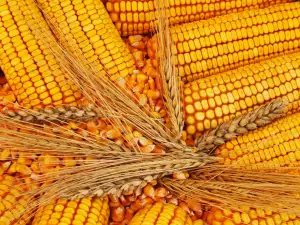
As the heat quickly turns sugars in the corn to starch, it is very important to choose corn that is stored in a cool place. It is also necessary to select corn whose leaves are fresh and green, not dry.
Corn is to be stored in a plastic bag in the refrigerator. It should not be removed from its shell, as it will retain its flavor. Fresh corn can also be frozen in plastic bags. Whole corn on the cob will remain frozen for up to one year, while maize kernels can be frozen for two to three months.
Culinary uses of corn
Corn is a plant from which a number of products are produced in cooking. Their taste and quality are well known, making them a desirable product at each table. Boiled corn is one of the most delicious and useful temptations. Popcorn, though not as useful for excessive seasoning with salt, is an universal favorite.
From corn, we produce oil, which does not taste worse than butter. Corn is also used for the preparation of starch.
There is an option for cooked and roasted corn - boiled first and then baked on the grill. It's very tasty and spicy. Boiled corn is widely used in many salads, but most important is its presence in the world famous Mexican salad. Cooked corn complements tuna salad with pasta, green and other summer salads.
Traditional polenta is made with cornmeal. Made from its flour are sweet corn bread and corn tart.
Often corn is used in combination with other vegetables, stewing along with them. Corn is the main ingredient of many foreign dishes - such as paella and delicious Peruvian soup.
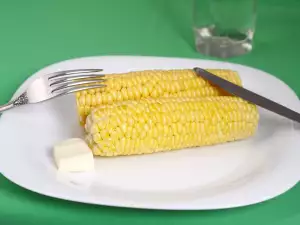
Benefits of corn
We can draw the following conclusions about the benefits of corn for health :
- Corn protects against cardiovascular disease. The benefit of maize for heart health lies not only in its high fiber content, but in the significant amount of folate, which it supplies.
- Supports lung health. Consuming foods rich in beta-cryptoxanthine, an orange-red carotenoid contained in large amounts in corn, that can significantly reduce the risk of developing lung cancer.
- Memory is helped by thiamine (vitamin B1). Corn is a good source of thiamine and provides about a quarter (24%) of the daily value for this nutrient.
- Helps to generate energy, even under stress
In addition to the high content of thiamine corn is a good source of pantothenic acid. This vitamin is necessary for the metabolism of carbohydrates, proteins and lipids.
Dangers of corn
Corn is one of the foods most commonly associated with allergic reactions. These foods should be eaten in their pure, isolated form, in order not to trigger adverse reactions.
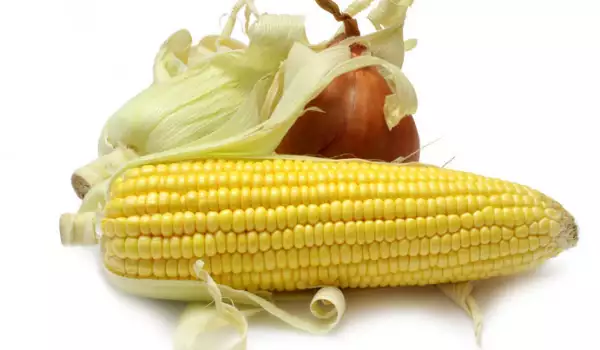
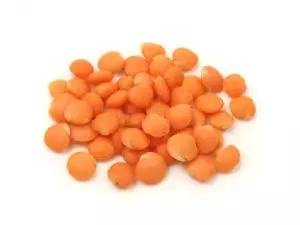
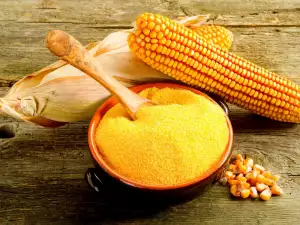
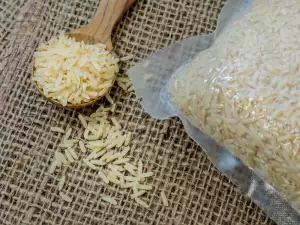
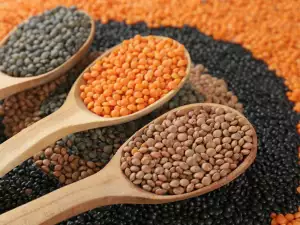

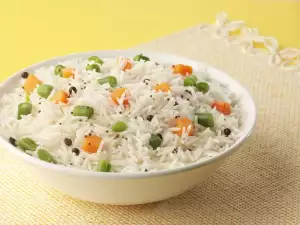

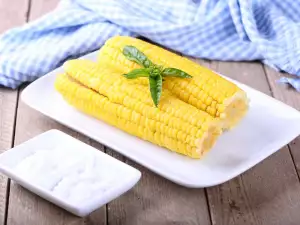
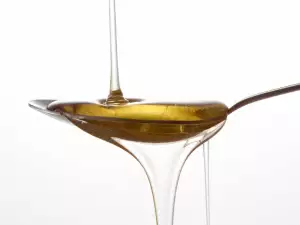

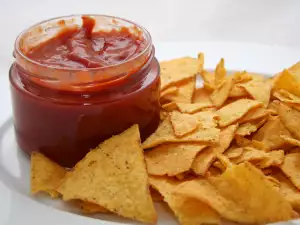
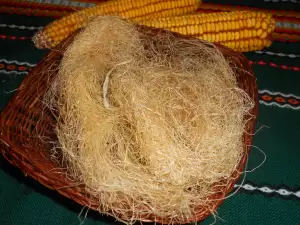




Comments